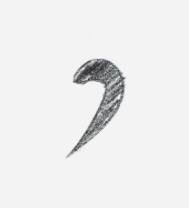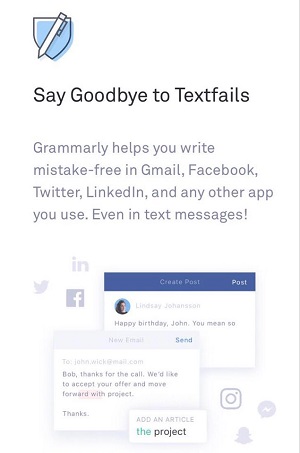How to Use Commas with Grammarly

Out of all the punctuation marks, writers most often struggle with commas. Some people use them too often, even when they’re unnecessary. Other people forget to use them even when the sentence is very long and needs one.
The good news is that if you’re writing an important document, you can run your text through Grammarly, and it’ll correct your use of commas. If you’re not sure when to use commas, this article will be useful to you.
Should I Use a Comma Before But?
Sometimes, Grammarly makes you use a comma before the word but, while other times, it removes the comma if you’ve put one there. What’s that all about? How can one be sure when to use and when not to use it? Everything depends on whether or not you use the word but to join two independent clauses.
- If you want to join two independent clauses with but, you’ll need a comma. Therefore, we should write like this: “Jenny is a great singer, but she’s an even better mathematician.”
- On the other hand, if you use but before something that’s not an independent clause (noun, adjective, phrase, whatever), you don’t need a comma: “Our teacher is strict but fair.”
When Should I Use a Comma Before And?
It seems that some people think of putting a comma whenever they see the word and. So, they go through their text, look for this conjunction, and end up using too many commas. It’s not that simple, as there are some additional rules.
- Use commas when you have a list with more than two items. Therefore, we should say: “I love chocolate, cookies, and ice cream.” However, we could also say: “I love chocolate, cookies and ice cream,” omitting the last comma. That last comma is called the Oxford comma, and we’ll talk about that in more detail later.
- Don’t use commas when your list has only two items. Too many people try to separate two items with a comma when there’s no real need to do so. So, if we wanted to make the afore-mentioned list shorter, we’d simply write: “I love chocolate and cookies.” That’s it! If you have only two elements, there’s no need to separate them with a comma.

What About an Oxford Comma?
If you have a list with more than two items, the Oxford comma, or a serial comma, is the one that comes before the final and. Linguists and English teachers often argue whether this comma is necessary or not. Grammarly likes to use it, and it’ll correct you if you forget to add it.
But is it really necessary? Everything depends on the writing style you’re using. Some styles require an Oxford comma, while others are more flexible about it. Nowadays, many newspapers omit an Oxford comma. However, if you’re writing an essay, it may be a good idea to use it. Most official documents still require using an Oxford comma.
If you’re writing an important article, it can be a good idea to ask the person in charge of publishing the article what they usually do with Oxford commas. Don’t be embarrassed, the other person won’t laugh. This is a very common question, as you never know. It’s better to be sure before you even start your writing.

Comma and Quotation Marks
Another common question is whether you should put a comma before or after quotation marks. This depends on whether you’re using American English or British English. That’s why it’s essential to always make sure you change your Grammarly settings accordingly.
As you can see, the differences between the two of them aren’t only in spelling. Sometimes, using the wrong language could have serious consequences, as some of their rules are different. That’s the case with a comma and quotation marks.
- In American English, you should put a comma before you finish quotation marks. The same rule applies to a full stop too.
- On the other hand, in British English, you should put a comma after quotation marks.
Is Grammarly 100% Accurate?
Grammarly has its flaws, but when it comes to commas, it’s pretty accurate. The only situation when it could be wrong is if it fails to understand your sentence. If the sentence is too complicated, the app sometimes understands it in a completely different way and put commas in accordingly.
If you’re not sure, we suggest you use Google to check punctuation rules for your particular situation. Also, once again, don’t forget to switch from American to British English and vice versa, whenever you need to do so. There are a lot of differences that most people consider just minor differences. However, your English teacher probably won’t say so, and you may even fail the exam.
Commas Everywhere
Thankfully, you don’t need to keep all these rules in your head anymore. You can find them online whenever you need to check something. Grammarly also has its own guide containing some of the most common mistakes. It may be worth checking out.
We hope that this article was useful to you. Oh, and by the way, what’s your opinion on the Oxford comma? Do you use it or not? Let us know in the comments section below.
















